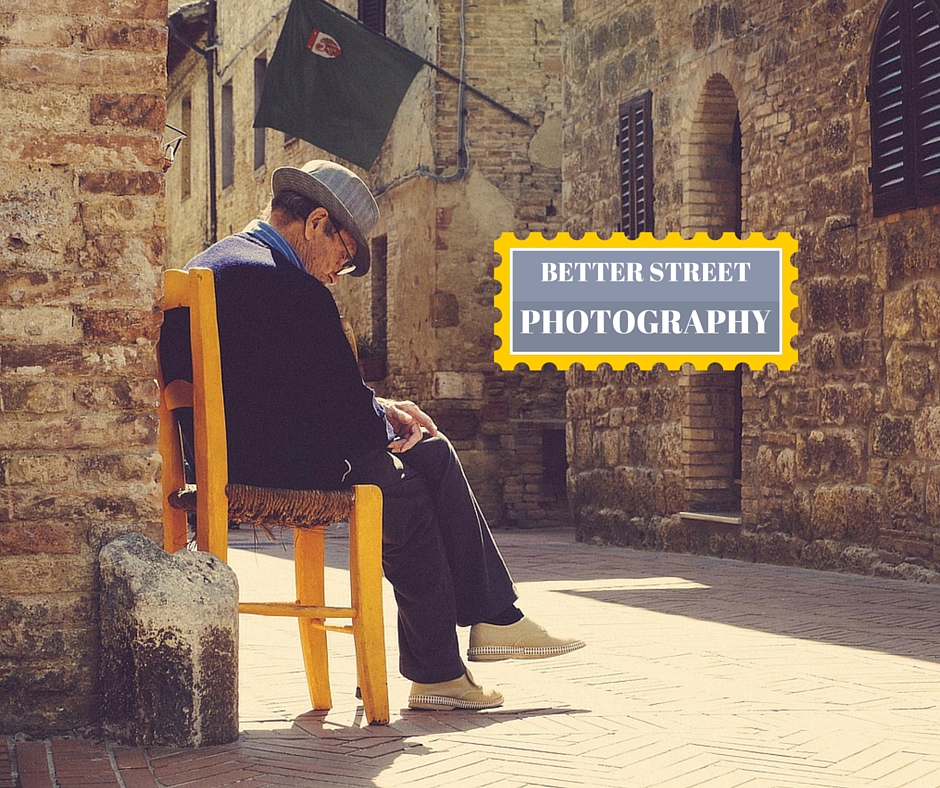
Street photography is important. Such as brief assertion may ring hollow at first, but with a bit of careful consideration I think you will find that the brevity of the statement belies its true depth. Street photography is an exercise is patience and observation; while this characterization may suggest that a photographer is slow and deliberate in his or her technique, speed and precision are equally important because you need to be able to capture those fleeting, irretrievable moments you encounter. These moments, these spontaneous breakdowns of interpersonal barriers, lie at the heart of why any street photographer does what they do. And what each of these frozen moments reveal about the human condition — whether profound or whimsical — is, in my opinion, chief among the things that make street photography important.
Not everyone is cut out for street photography, but it is perhaps the most democratic of all photography’s genres. Anyone can get into street photography as it requires no specialized gear — no macro lens, no lighting setup, no filters. In fact, an overemphasis on gear and all the technical jargon that sometimes unnecessarily subsumes discussions about photography will just be a distraction from getting good shots. If you’re looking to improve your street photography, the following ideas are presented to help you to that end.
Know Where You Are and Where You’re Going
Random wandering probably sounds like a good idea to the more adventurous types but it’s not always the best approach, especially if you’re not too familiar with the place where you are shooting. Being lost is no fun and is probably not going to inspire you to make many photos. Even if you are familiar with a place, it can be a good idea to plan ahead; knowing what’s going on and where will increase your chances of getting the kinds of shots you want. Having established theses as anchor points, I do have to make a case for “wandering” because I do it often — it’s all about serendipity, I suppose. New York sort of lends itself to that method, and I always know where I am even if I don’t know where I’m headed next.
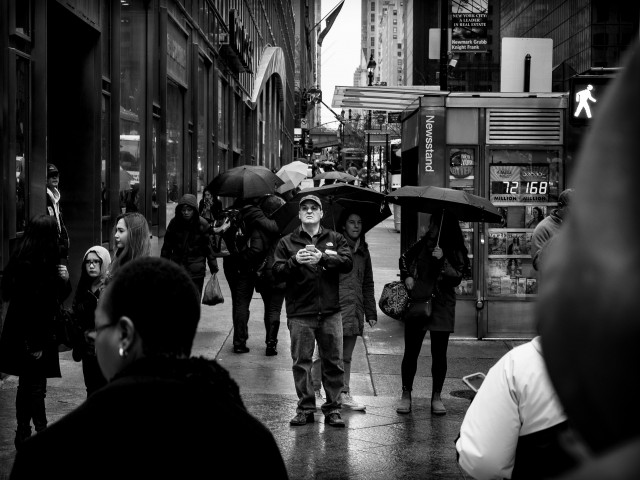
Summon Your Inner Superhero
Ask a photographer who is interested in getting into street photography what’s the number one thing holding them back, and they’ll probably tell you that the idea of going out in public and taking photos of complete strangers is somewhat unsettling. Indeed, it takes a certain measure of internal fortitude to be good at street photography. You’re using your camera to immortalize, often without their permission, slices from someone else’s life. Feeling nervous about all this is natural — it just means you’re human and you possess a sense of empathy for others, which means you’re going to treat your subjects with dignity and conduct your shooting in an ethical manner. But what your nervousness shouldn’t do is stop you from taking photos. Summon all the courage you can muster and just shoot. Over time the nerves will fade.
Be Inconspicuous
From the way you dress to your body language, it’s best to blend in as much as possible with the crowd around you. But perhaps the most important thing you can do is to be inconspicuous with your gear. You don’t want to go out looking as if you’re on safari. Whether you prefer 28mm, 35mm, 50mm, or some other focal length isn’t the point; the idea is to go out with something lightweight, versatile, and easy to use.
Keep Both Eyes Open for Better Compositions
Why? Because keeping both eyes open will let you more easily observe your surroundings while you shoot. This provides great scenic context, allowing you to quickly identify and capture your next subject or quickly recompose the current shot. Keeping your non-camera eye open also helps prevent colliding with others, which is something I’d deem pretty important when shooting in crowded environments. If you’re someone who is used to using your camera’s rear LCD, this won’t be a novel approach, but if you’re used to raising the camera to your eye, it will take some getting used to. All the more reason to hit the streets and get some practice.
Thinking about your composition is an obvious part of observation, and the standard “rules” of composition apply to street photography as to any other type. Though if you are wanting to move past the basic “rule of thirds” and “leading lines” shots, you should check out Kent Dufault's guide to advanced composition which will give you a lot more ideas.
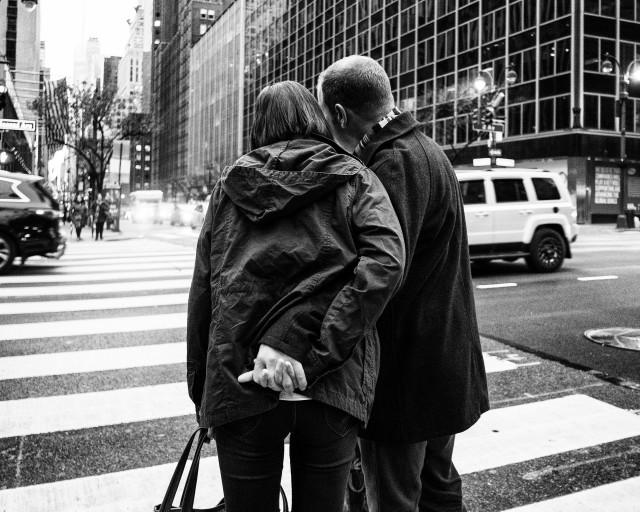
Conclusion
All it takes is a cursory glance at some of the street photos found online to understand a crucial point: whether those images are good or bad has far less to do with what camera was used to create them than the skill behind that camera. Captivating street images can come out of mobile devices and point-and-shoot cameras as readily as they can more sophisticated, more expensive cameras. Assuming you’ve already got a solid grasp on things such as depth of field, composition, and exposure, you don’t need to concern yourself with these items as you test the waters of street photography; it’s not that they don’t matter, but there are unique considerations involved in street photography, some of which are addressed above. In time you will find that street photography is a practical craft that benefits from a pragmatic approach.


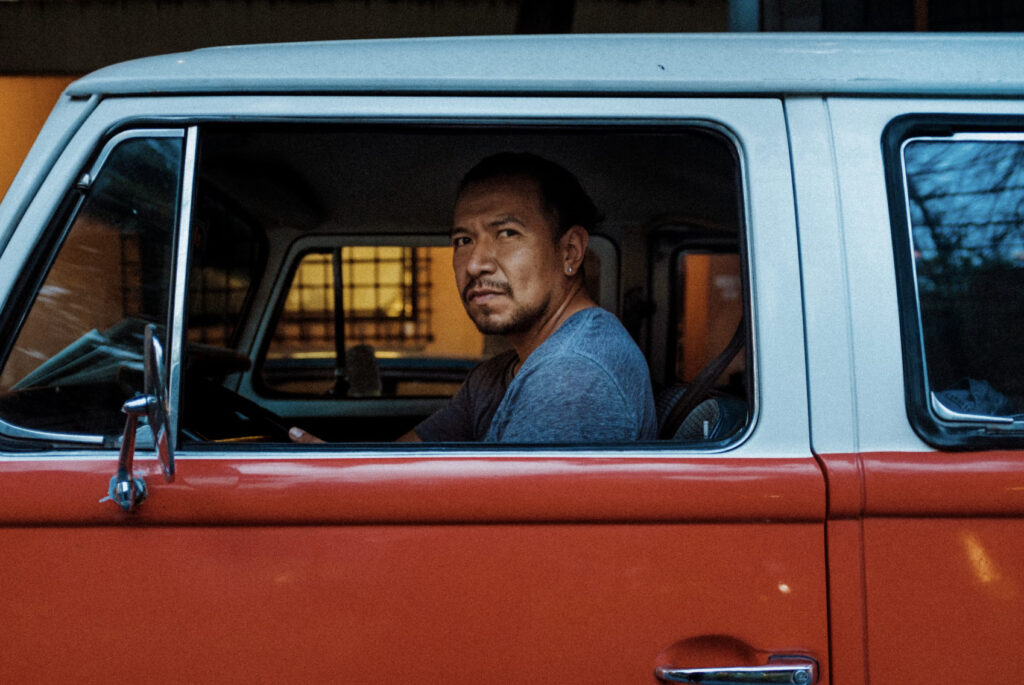
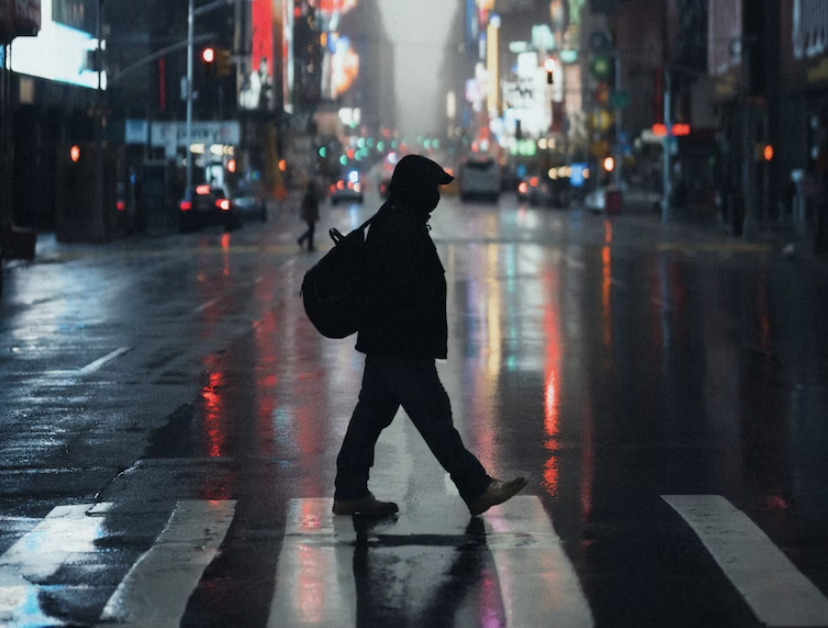
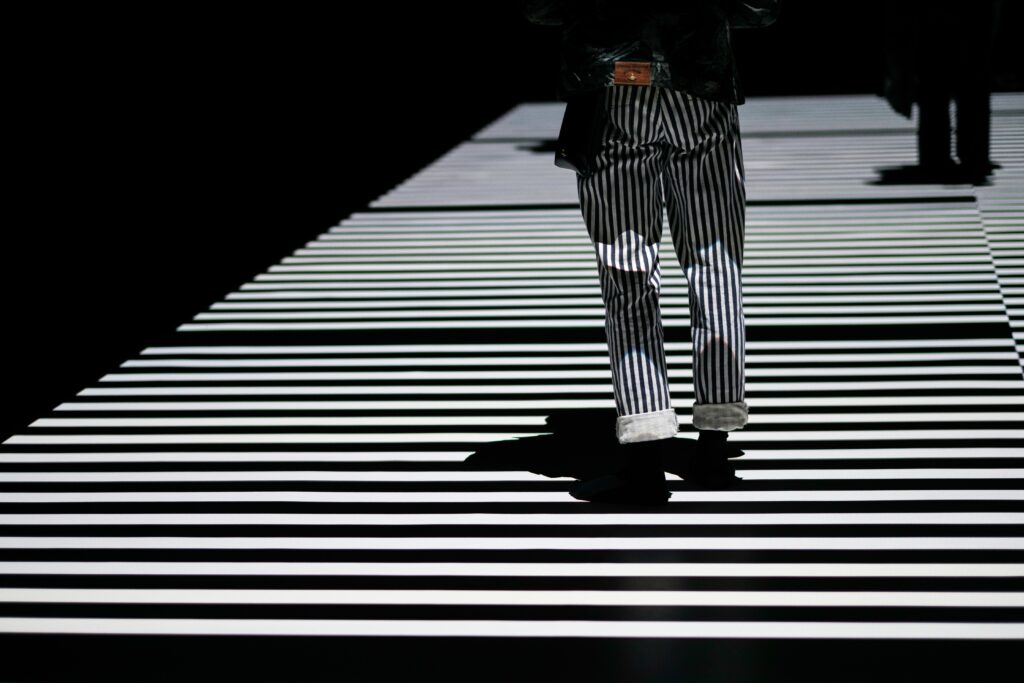
1 Comment
“But perhaps the most important thing you can do is to be inconspicuous with your gear. You don’t want to go out looking as if you’re on safari. Whether you prefer 28mm, 35mm, 50mm, or some other focal length isn’t the point; the idea is to go out with something lightweight, versatile, and easy to use.”
You can use all sort of equipment in my opinion. I often use my Pentax K-3 with 18-135 on the streets, and it´s no problem. Just have to be honest about what you are doing. I also use Fuji XM-1 with 27mm, but what i use depends on my mood. The most important equipment on the streets, is your smile:-)